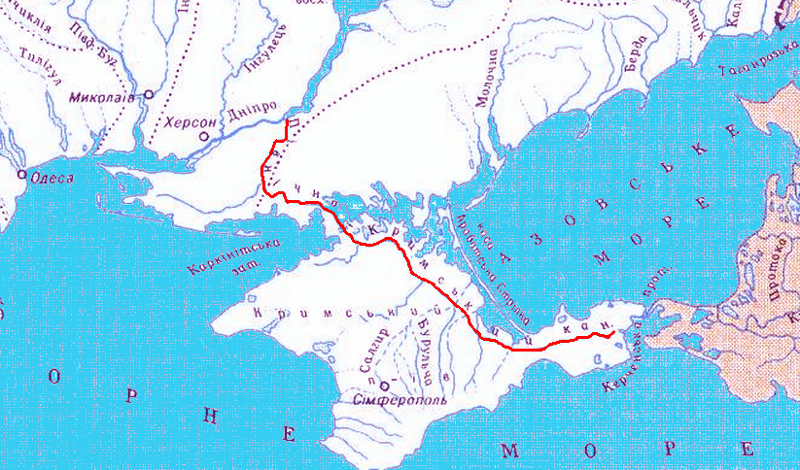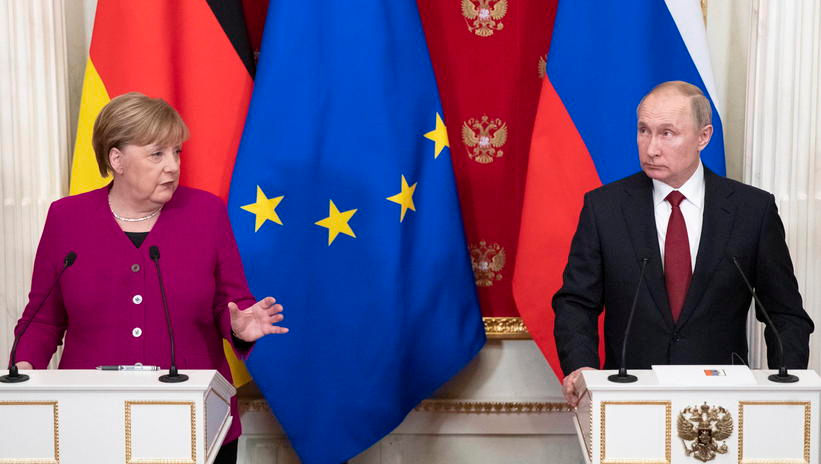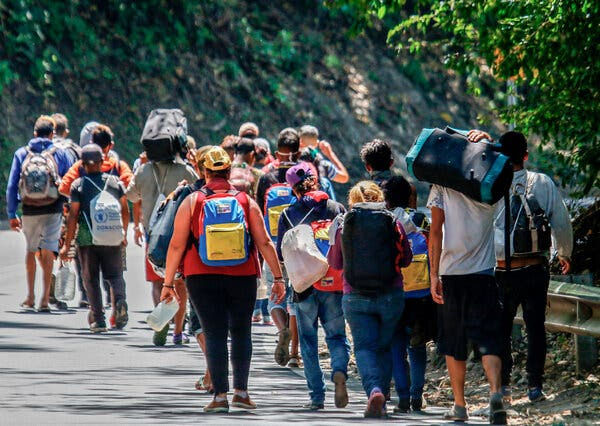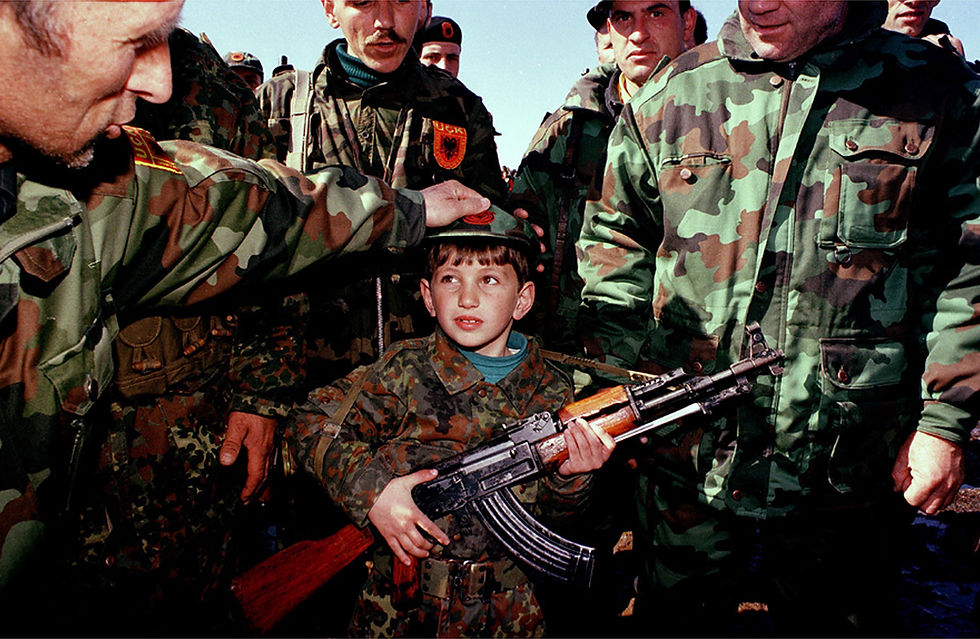Water Wars: The fight for Crimea
- Adrian Mendoza
- Apr 7, 2021
- 4 min read
It has been 7 years since Russia annexed Crimea as part of its territory, yet Moscow was not ready to face the single biggest challenge it would face in the peninsula – water shortage. Due to the annexation, Ukraine has closed Crimean access to the Dnieper river, causing the water supplies of the peninsula to plummet. The situation has worsened to the point that 2020 was considered Crimea's driest year in 150 years. This affects agriculture, urban centers and military assets of the region. In this article I will analyze the situation of water shortage in Crimea and Russia's possible responses.
Understanding Russia's annexation of Crimea
In order to understand Crimea's water blockade, we first have to understand why Crimea was annexed by Russia. The peninsula is the grand jewel of the Black Sea. It is the most important region in terms of power projection. This is why empires of the past such as the Romans, Ottomans, Tatars, Mongols, Greeks and others have laid claims to the region. However, ever since the 18th century Russia has controlled the peninsula. This allowed the Russian Empire to enter the world economy as it gave them access to a warm water port. Additionally, control of Crimea led the Russians to secure the Black Sea coastline and all of their territories in the Caucasus. During the Soviet Union, the region of Crimea was transferred to Soviet Ukraine and when the USSR collapsed, the newly independent nation of Ukraine inherited the peninsula. However, Ukraine's formal control of Crimea was a brief experience that ended abruptly in 2014 with Russia's illegal annexation. The Ukrainian people showed their discontent towards their pro-Kremlin government in favor of a more favorable relationship with the European Union, which through a series of events led to the annexation of Crimea.
Crimea is too valuable for the Russian Federation to be left outside of Russia's sphere of influence. Russia took the peninsula back knowing this would risk an economic and diplomatic backlash. There are various geopolitical conditions that draws Russia to Crimea. Firstly, Crimea has a large Russian community. Secondly, Crimea's largest city – Sevastopol – is home to the Black Sea Fleet of the Russian navy. Without the port of Sevastopol, Russia would be uncapable of running their overseas operations such as those in Syria and Libya. Furthermore, the military facilities built by Russia in Crimea grant Moscow indispensable aerial denial capacity. This is extremely important as these weapon defence systems prevent hostile forces from attacking Russia from its "soft underbelly”. Crimea is an indispensable military asset for the Russian Federation.
Governability over the peninsula
Seven years after the illegal annexation, things have taken an unexpected turn for Moscow. The Kremlin has had to provide Crimea will all sorts of services and facilities. Originally, Russia aimed to maintain the existing utilities coming from Ukraine such as powerlines, water, energy pipelines, etc., since the peninsula is not connected to the Russian mainland. Naturally, Ukraine cut off all of their utility's infrastructure from Crimea. This caused Russia to build new cables and pipelines to provide Crimea with communication and energy. Additionally, a bridge was built through the Kerch Strait which provides a road and a railway to connect Russia's mainland with the peninsula.
Regardless of Russia's commitment to Crimea there is one necessity that they can't properly provide – water. Currently, the local water source of Crimea only covers 15% of its demand. The remaining demand was provided through the North Crimean canal (located in Ukraine) which brought water from the Dnieper river. After Russia's annexation, Kiev halted the water flow from Crimea by building a dam in the canal. Russian diplomats held various rounds of negotiations with Ukraine in order to reopen the canal. Moscow claimed that Kiev's actions were illegal and inhumane, which are ironic ad insincere claims from Russia, which annexed the territory of a "brotherly nation". Naturally Ukraine did not budge and has caused a crippling drought in Crimea.

Currently, Crimea heavily depends on rainfall in order to meet their freshwater needs – an element they cannot control. Additionally, due to climate change, rainfall in Crimea has been unusually low. The local rainfall reservoirs have been running at 1/3rd of capacity since the start of 2020. This has caused 2/3rds of the peninsula to face a severe lack of water. Moreover, Moscow claims that the population of Crimea has double in size, due to an increase of Russian migrants. This claim serves to bolster Russia's claims over Crimea, yet if they are to believed, it also means that this has thinly stretched Crimea's water supply. The water deficit increases exponentially with population increase.
Agriculture has seen the biggest hit from water closure. During the days of the Soviet Union, the peninsula produced around 400,000 hectares of arable land. From 1991 to 2013 this decreased to 140,00 hectares due to poor water management. Yet the biggest change was seen since 2014, when this number dropped to 17,000 hectares.
Possible futures
The peninsula has been running out of water for years, however Russia's annexation proved to be a turning point. In order to reverse the furthering of Crimea's water security, Russia has developed a plan to construct new dams, new desalination plants, drilling of new wells to extract underground water, and the construction of new water pipelines – all by 2024. The problem with this plan is that Crimea is considered part of Ukraine by the international community and Russia's presence in the peninsula is looked as an illegal occupation. Therefore, international companies cannot come and develop infrastructure projects in Crimea (as no one would want to risk the international backlash), only allowing Russian ones to do so. This proves a problem to Moscow as they do not have very well-developed civil technologies. For example, desalination technology is something Russia has never specialized in since water shortage was never a problem.
If Russia's plans to improve Crimea's water shortage end up being futile, Russia could opt for more drastic measures. Depending on the severity of the situation, Russia could destroy the Ukrainian dams which are blocking waterflow from the Dnieper. In order to do so they would have to enter sovereign Ukraine's territory, 60km north of Crimea. Additionally, they could occupy the territories along the North Crimean Canal. Although these measures seem extreme, wars have been waged for less, and Russia is no stranger to using military means to accomplish their geopolitical goals. Perhaps this is why currently Russia is building up their military presence in Crimea and in their border with Ukraine.



Comments